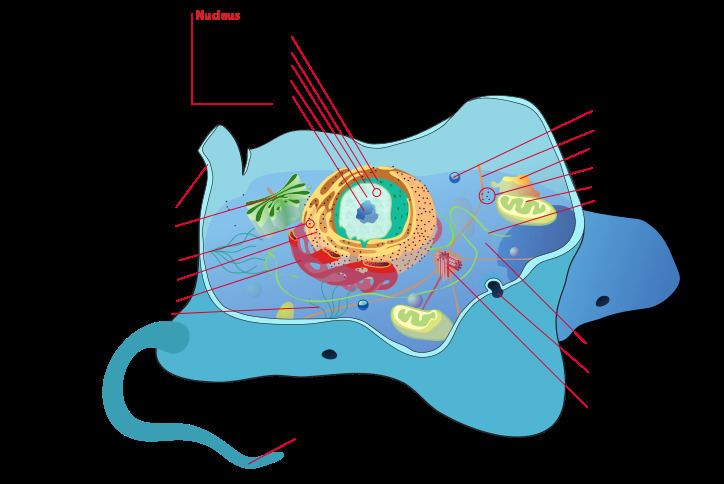 | ||
Cytology (from Greek κύτος, kytos, "a hollow"; and -λογία, -logia) is the study of cells. Cytology is that branch of life science that deals with the study of cells in terms of structure, function and chemistry. Robert Hooke (1635 – 1703) is sometimes seen as the father of cytology.
Contents
Based on usage it can refer to:
The International Academy of Cytology has as its official journal Acta Cytologica.
History
The invention of the microscope in the 1590s by Zacharias Janssen assisted in stimulating the study of cells. Cells that were once invisible to the naked eye became visible. Robert Hooke was the first person to term the building block of all living organisms as "cells" after looking at cork. The cell theory states that all living things are made up cells. The theory also states that both plants and animals are composed of cells which was confirmed by plant scientist, Matthias Schleiden and animal scientist, Theodor Schwann in 1839. 19 years later, Rudolf Virchow contributed to the cell theory, arguing that all cells come from the division of preexisting cells. In recent years, there have been many studies which question the cell theory. Scientists have struggled to decide whether viruses are alive or not. Viruses lack common characteristics of a living cell, such as membranes, cell organelles, and the ability to reproduce by themselves. Viruses range from 0.005 to .03 microns in size whereas Bacteria range from 1-5 microns. The late 19th century indicates the birth of cytology. Modern day cell biology research looks at different ways to culture and manipulate cells outside of a living body to further research in human anatomy and physiology, to derive treatments and other medications, etc. The techniques by which cells are studied have evolved. Advancement in microscopic techniques and technology such as fluorescence microscopy, phase-contrast microscopy, dark field microscopy, confocal microscopy, cytometry, transmission electron microscopy, etc. have allowed scientists to get a better idea of the structure of cells.
Cell Structure
There are two fundamental classifications of cells: Prokaryotes and Eukaryotes. The major difference between the two is the presence and/or absence of organelles. Other factors such as size, they way in which they reproduce, and number of cells distinguish them from one another. Eukaryotic cells include animal, plant, fungi, and protozoa cells which all have a nucleus enclosed by a membrane. Prokaryotic cells, lacking an enclosed nucleus, include bacteria and archaea. Prokaryotic cells are much smaller than Eukaryotic cells, making prokaryotic cells the smallest form of life. Cytologists typically focus on Eukaryotic cells whereas Prokaryotic cells are the focus of microbiologists, but this is not always the case.
Branches
These are the main branches of cytology:
